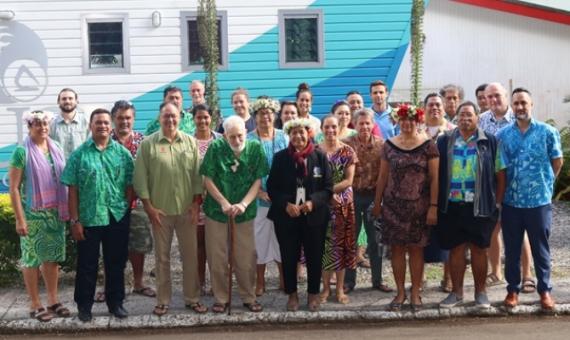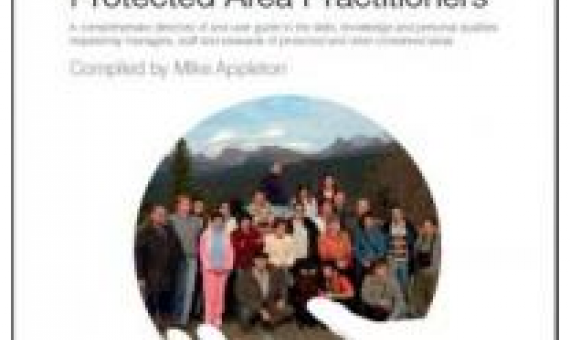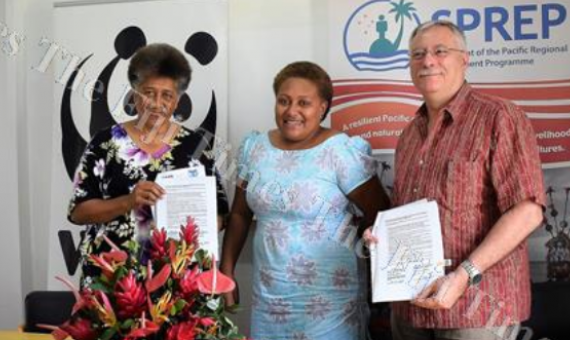The Vanuatu Government through the Department of Forestry led a successful national forestry week in Port Vila at the end of August with the theme of ‘Forest and Sustainable Cities.' Click on the link below to read the full article.
Collecting and collating all information on the range of protected areas across Rarotonga was the focus of a one day gathering of over 20 stakeholders in partnership with the Secretariat of the Pacific Regional Environment Programme (SPREP).
This publication defines all the possible skills, knowledge and personal qualities required by people working in protected areas around the world. Click on the link below to access the full publication.
The government’s plan to open up national parks and World Heritage-listed natural areas to recreational shooters will put the lives of bushwalkers and campers at risk, the Greens say. Click on the link below to read the full article.
Report for the BIOPAMA PACIFIC REGIONAL INCEPTION WORKSHOP Apia, Samoa 11TH to 15TH June 2018
To formally launch the second phase of the Biodiversity and Protected Areas Management (BIOPAMA) programme, a regional inception workshop for the Pacific was held at the Tanoa Tusitala Hotel, Apia, Samoa from 11th to 15th June 2018. The aim of the inception workshop was to ensure that all 15 countries in the Pacific ACP Group of States were engaged for the second phase of BIOPAMA. The working title of the workshop was ‘Regional Workshop on Improving Information and Capacity for More Effective Protected Area Management and Governance in the Pacific’.
Amid widespread concerns about biodiversity loss, a single clear conservation message is engaging leading conservationists: the proposal to give half the surface of the Earth back to nature. Click on the link below for details on how to access the full paper.
World Commission on Protected Areas (WCPA) Oceania Newsletter No.3, 2018
The third edition of the Newsletter of the IUCN World Commission on Protected Areas Oceania (2018). IUCN's World Commission on Protected Areas (WCPA) is the world's premier network of protected area expertise. It is administered by IUCN's Global Programme on Protected Areas and has over 2,000 members, spanning 140 countries.
“In a tree by the brook, there’s a songbird who sings”: Woodlands in an agricultural matrix maintain functionality of a wintering bird community
The agricultural matrix has increasingly been recognized for its potential to supplement Protected Areas (PAs) in biodiversity conservation. This potential is highly contextual, depending on composition and spatial configuration of matrix elements and their mechanistic relationship with biological communities. We investigate the effects of local vegetation structure, and proximity to a PA on the site-use of different guilds in a wintering bird community within the PA, and in wooded land-use types in the surrounding matrix.
The agricultural matrix has increasingly been recognized for its potential to supplement Protected Areas (PAs) in biodiversity conservation. Our study provides insights into the effects of different components of vegetation structure on the bird community in wooded land-use types in the matr
A Memorandum of agreement signed by the Secretariat of the Pacific Regional Environment Programme (SPREP) and the World Wildlife Fund (WWF) – Pacific this week will support two major environmental projects for the province of Macuata.













